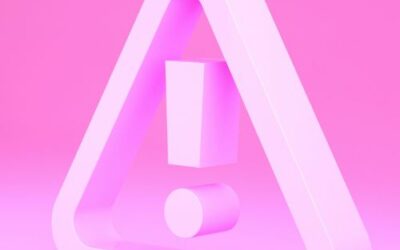
This might come as a surprise to you, but creating an asset register is as simple as ABC. Compared to your conventional spreadsheets and record books, asset registers can make your routine asset management functions seem like a cinch.
To get to the roots of how to effectively deploy and use an asset register, let’s first skim over what an asset register actually does.
Assets and Their Details
Whether it’s a piece of equipment or some property, an asset register encompasses all assets your business owns. Asset information is stored in unique asset profiles, which can then be accessed for multiple operations.
Adding Your Assets
As always, it is always better to physically cross-check before adding numerical data to your assets profile: this reduces the likelihood of the occasional human error. The result? You have at your hands, a highly accurate asset register, capable of aiding you in critical decision making.
Using Asset Tags
Not only will you save time while uploading and tagging assets simultaneously, but asset tags reduce the time taken to access asset data. This is accomplished by scanning a unique code present on the physical tags: scanning these tags will direct you to the assets unique profile on the asset management software.
An added benefit of using asset tags is that every time you scan an asset’s tag, the last seen location, and the person who scanned the asset, both are updated automatically, giving you an audit trail of where your assets have been.
Collecting and Adding Data
itemit’s asset register comes bundled with a horde of powerful features. From adding check-in/check-out information to setting asset maintenance reminders, itemit’s asset register is sure to be invaluable to your business’s operations.
If that wasn’t enough to convince you, itemit’s asset management software allows you to recall data in the form of configurable exports and reports. Need a graph, or perhaps a chart? itemit’s asset register has it all.
Now that we’ve gone over how to set up an asset register, let us go over the best practices to observe while using itemit’s asset management software.
Best Tips for Building an Effective Asset Register
Grouping Assets
Therefore, as opposed to storing all your assets in one big list, we’d advise you to create categories and subcategories for your assets. This will aid users’ readability and accessibility. Furthermore, by creating categories, you’ll save yourself time while searching for a specific asset stored within the software.
Wondering how to group assets? There are infinite ways to get on with grouping assets, but we’ve listed some of the more common ones below:
Grouping assets according to the asset type:
- Fixed assets
- IT assets
- Vehicles
- Equipment
- High-value assets
Grouping assets according to locations:
- Different branch locations
- Building floors
Use Easy-to-Read Asset Names
Storing all your assets with the same naming convention makes looking up assets within the asset management software a breeze. It’ll also improve consistency, reducing the chances of errors and/or storing the same asset multiple times.
Record Essential Details for Each Asset
The key to note here, however, is to maintain a consistent approach towards storing the details of your assets.
By diligently recording only the information required, your asset register will prove to be quite handy for many business operations. Naturally, this brings us to the question: What to add to your asset register?
itemit: Simplifying Asset Management
To find out more about how itemit can help your business, book a demo here. Feel free to contact our team at team@itemit.com.
In our opinion, nothing beats hands-on experience. If you wish to experience itemit for yourself, fill out the form below and start your 14-day free trial today!

Try itemit
Choose a better way to track
your assets.
Start your free 14-day trial now!

Keep Learning
itemit Blog
Tips, guides, industry best practices, and news.
Why Having An Accurate Asset Register Is Important
Why is having an accurate asset register so important and how can it help with equipment tracking? Read this post now to find out!
What To Include In Your Fixed Asset Register
What should you include in your fixed asset register and how can you make it work for you? Read this post now to find out!
What Exactly Is An Asset register?
What exactly is an asset register and will your chosen asset register format offer you everything you need? Read this post to find out!




